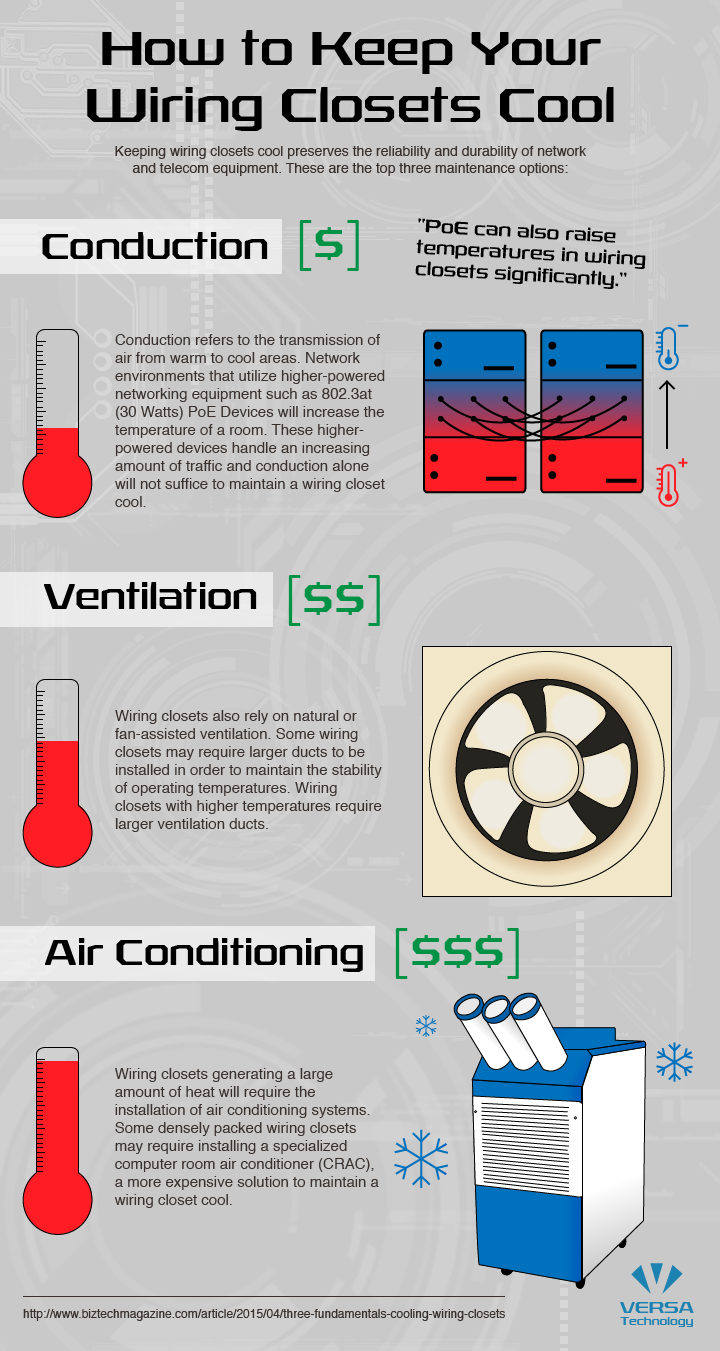The Ultimate Guide To Understanding Heat Pumps - How Do They Function?
The Ultimate Guide To Understanding Heat Pumps - How Do They Function?
Blog Article
Content Created By-Neergaard Hanna
The best heat pumps can save you substantial amounts of cash on power costs. They can also help in reducing greenhouse gas exhausts, particularly if you make use of electrical energy in place of nonrenewable fuel sources like lp and heating oil or electric-resistance heating systems.
Heatpump function quite the same as ac unit do. This makes them a practical option to standard electric home furnace.
Just how They Work
Heatpump cool homes in the summer season and, with a little aid from power or natural gas, they supply some of your home's heating in the winter. They're a good option for people that wish to lower their use of fossil fuels yet aren't ready to replace their existing heater and cooling system.
They count on the physical fact that even in air that seems too chilly, there's still energy present: warm air is always moving, and it wants to relocate into cooler, lower-pressure atmospheres like your home.
Many power celebrity licensed heatpump operate at near to their heating or cooling capability throughout most of the year, decreasing on/off cycling and conserving energy. For the very best efficiency, focus on systems with a high SEER and HSPF ranking.
The Compressor
The heart of the heat pump is the compressor, which is also called an air compressor. This mechanical streaming tool uses possible energy from power development to raise the stress of a gas by minimizing its quantity. It is different from a pump because it just works on gases and can not deal with fluids, as pumps do.
Climatic air enters the compressor through an inlet shutoff. hop over to this site travels around vane-mounted arms with self-adjusting length that divide the interior of the compressor, creating numerous dental caries of varying size. The rotor's spin pressures these cavities to move in and out of phase with each other, compressing the air.
The compressor reels in the low-temperature, high-pressure cooling agent vapor from the evaporator and presses it into the warm, pressurized state of a gas. This process is duplicated as required to supply heating or air conditioning as required. The compressor additionally contains a desuperheater coil that reuses the waste warm and adds superheat to the cooling agent, altering it from its liquid to vapor state.
The Evaporator
The evaporator in heatpump does the very same thing as it performs in refrigerators and air conditioning system, altering fluid refrigerant right into a gaseous vapor that removes warmth from the space. Heatpump systems would certainly not work without this essential tool.
This part of the system lies inside your home or building in an indoor air handler, which can be either a ducted or ductless device. It has an evaporator coil and the compressor that presses the low-pressure vapor from the evaporator to high pressure gas.
Heatpump soak up ambient warm from the air, and after that utilize power to transfer that heat to a home or company in heating mode. That makes them a great deal more power reliable than electrical heating systems or heating systems, and because they're using clean electricity from the grid (and not burning fuel), they likewise produce much fewer emissions. That's why heat pumps are such fantastic environmental choices. (And also a big reason that they're coming to be so prominent.).
The Thermostat.
Heatpump are fantastic alternatives for homes in chilly environments, and you can utilize them in mix with standard duct-based systems or even go ductless. They're a wonderful alternative to fossil fuel furnace or standard electrical heating systems, and they're more sustainable than oil, gas or nuclear cooling and heating tools.
Your thermostat is one of the most crucial part of your heatpump system, and it works really differently than a traditional thermostat. All mechanical thermostats (all non-electronic ones) work by utilizing materials that change dimension with boosting temperature level, like coiled bimetallic strips or the broadening wax in an auto radiator shutoff.
These strips consist of two different sorts of steel, and they're bolted with each other to create a bridge that completes an electric circuit connected to your cooling and heating system. As the strip obtains warmer, one side of the bridge expands faster than the other, which triggers it to bend and indicate that the heating unit is required. When the heatpump is in heating mode, the turning around shutoff turns around the circulation of refrigerant, to ensure that the outside coil currently works as an evaporator and the interior cylinder ends up being a condenser.